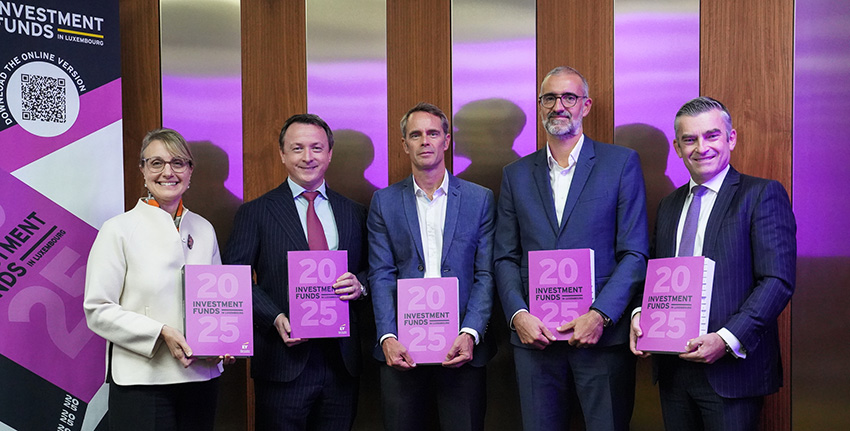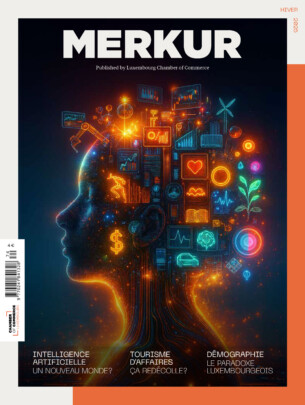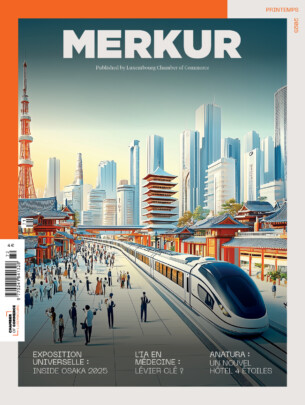
From left to right : Micaela Forelli - M&G Luxembourg S.A., Robert White - EY Luxembourg, Laurent Van Burik - Commission de Surveillance du Secteur Financier (CSSF), Serge Weyland - Association of the Luxembourg Fund Industry (ALFI) and Nicolas Bannier - EY Luxembourg
Investment Funds in Luxembourg (colloquially referred to as the “IFL” or even more informally as the “Fund Bible”) is a technical guide that outlines Luxembourg as a location for investment funds, detailing the types of fund vehicles available and providing an overview of the regulations relevant to the establishment and operation of such funds. The guide also describes the regulatory framework for both traditional and alternative management companies, as well as provisions applicable to other service providers in Luxembourg. This 600-page publication has offered reference information on legislative and regulatory developments affecting the fund industry in Luxembourg and Europe over the previous year for more than 25 years.
Nicolas Bannier, EY Luxembourg Chief Operating Officer and Wealth and Asset Management Leader, introduces this latest edition.
“Luxembourg continues to lead the global cross-border fund landscape, with nearly half of the EUR 7 trillion in cross-border assets under management as of December 2024. Its reputation for robust infrastructure, regulatory expertise and innovation keeps it at the forefront of the industry. And, with 10% of UCITS held outside Europe, the global appeal of European fund structures remains strong,” says Bannier.
But, market consolidation driven by fee compression is reshaping the competitive landscape, especially in Europe where passive strategies and ETFs are on the rise. This trend favors larger players, pushing smaller firms to rethink their operating and distribution models. Private markets offer diversification and return potential but require new liquidity solutions (such as tokenization) to meet investor expectations. Meanwhile, digital-native investors are challenging traditional distribution channels, prompting Luxembourg to evolve its approach to fund access and engagement.
Looking ahead, regulatory developments like the ESG omnibus directive, the Savings and Investments Union, and DORA are setting the stage for a more integrated and resilient financial ecosystem.
Bannier comments, « For Luxembourg to maintain its leadership, it must become not only a hub for fund operations but also a center for strategic thinking and technological innovation. Building ecosystems that support both fund structuring and strategy design will be key to shaping the future of the industry. It is now time to build the ecosystems that will support the design of strategies and development of technology.”
To download a digital version of the Investment Funds in Luxembourg guide, please visit www.ey.com/en_lu/investment-funds.






